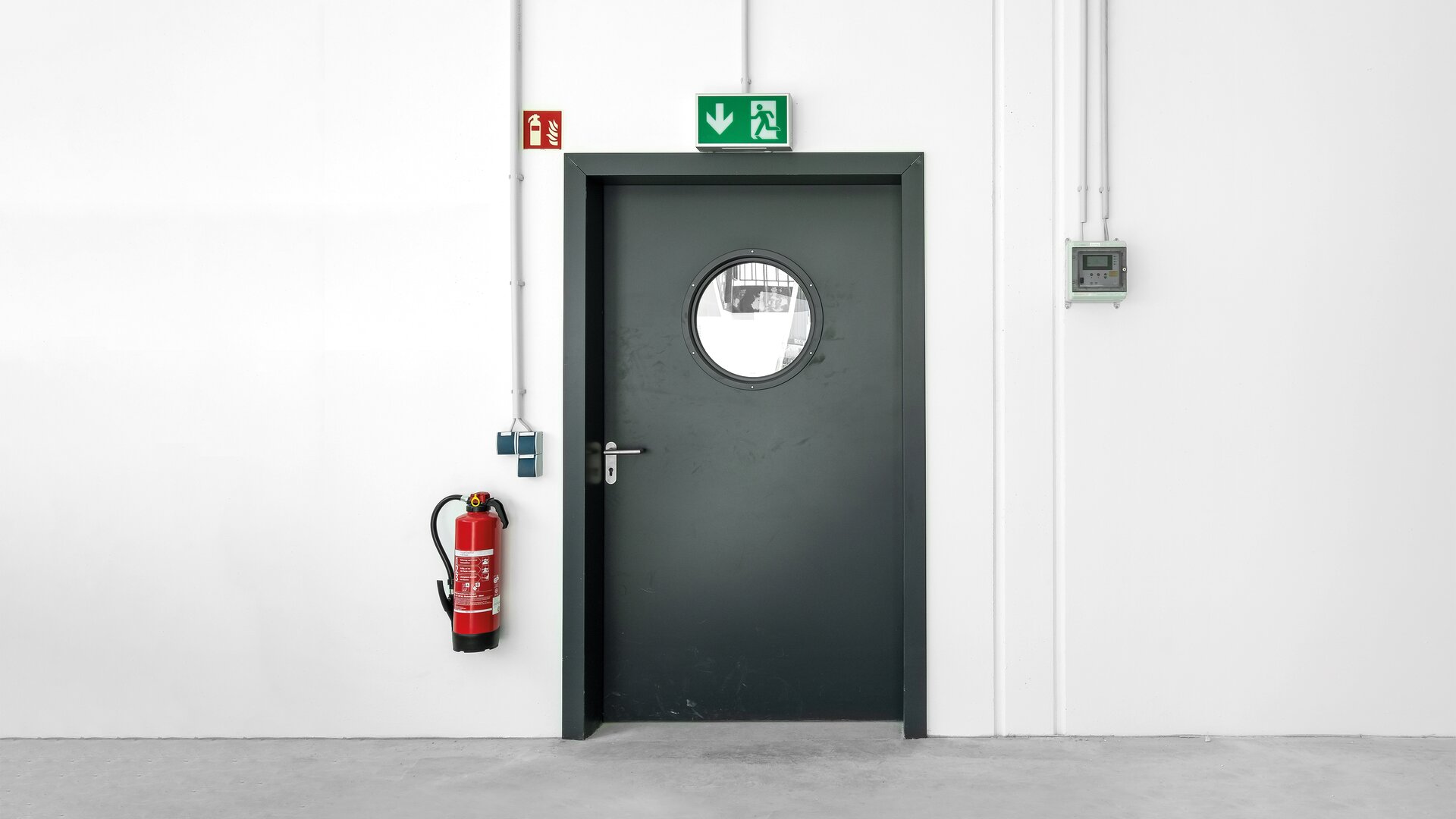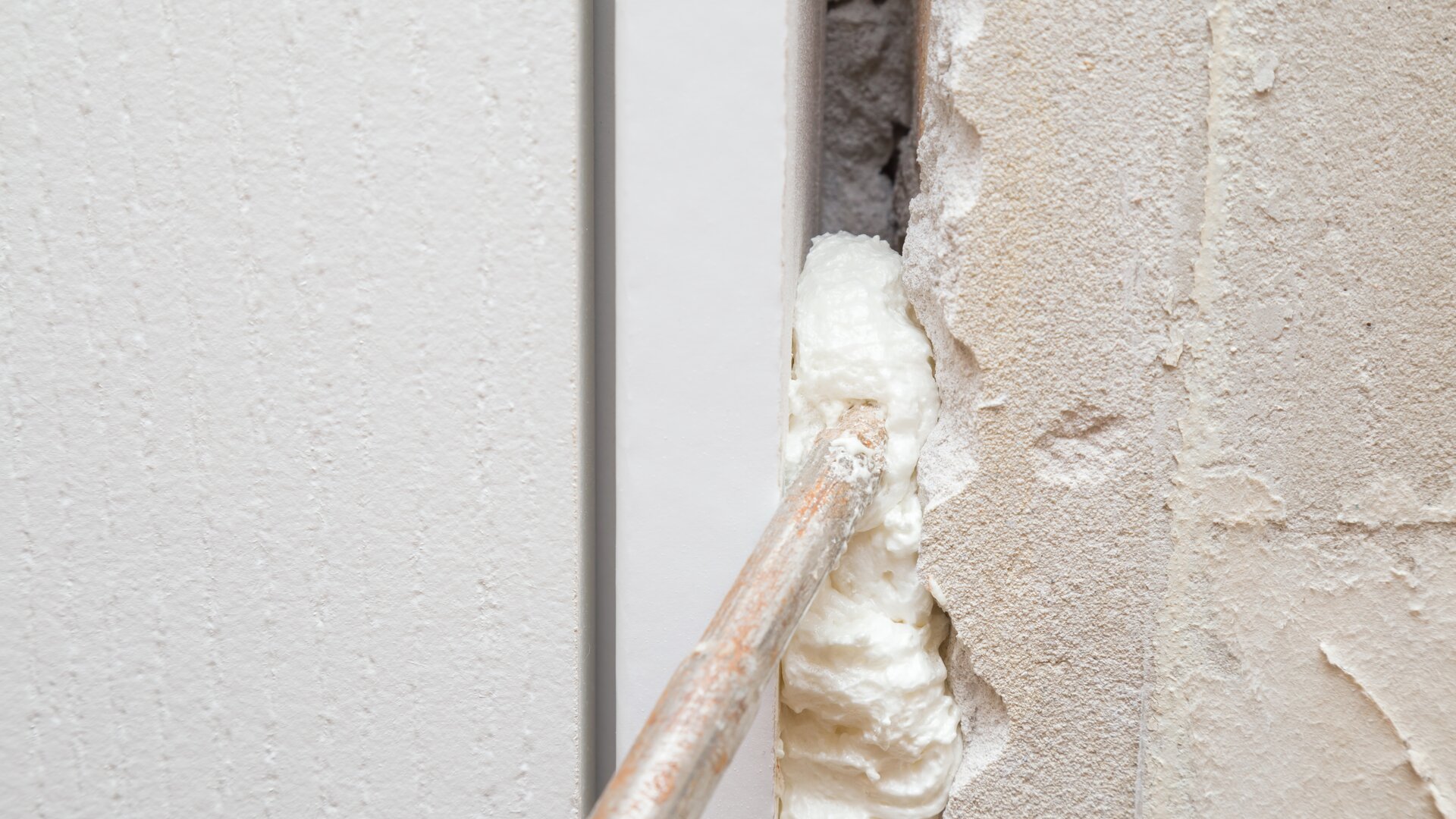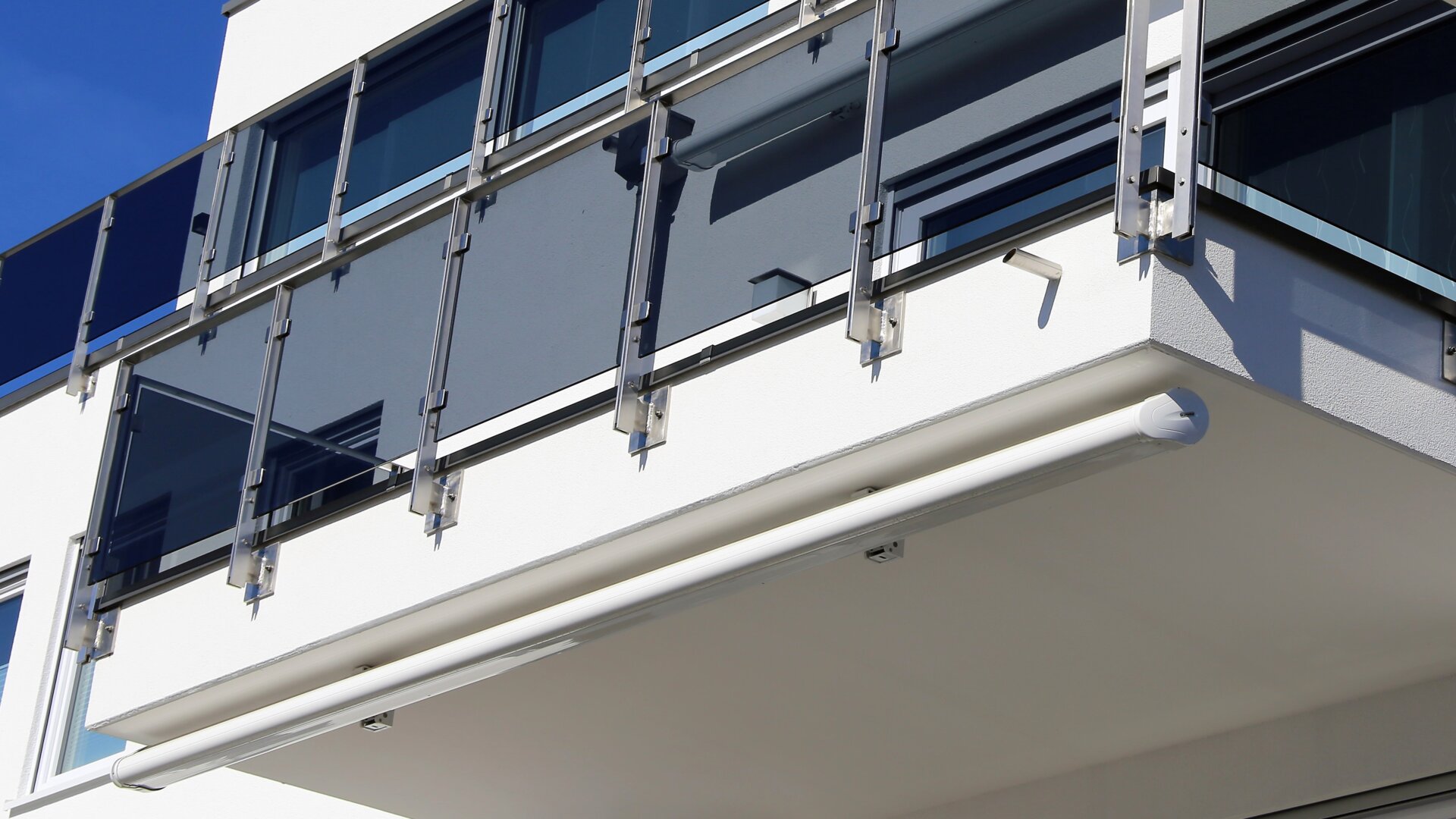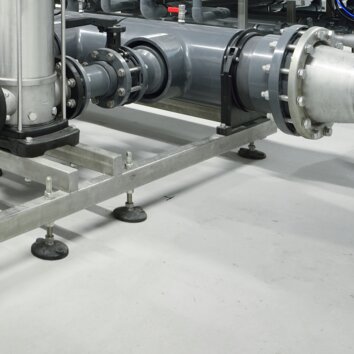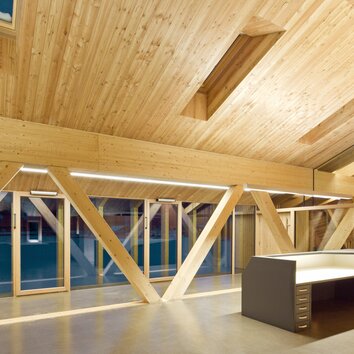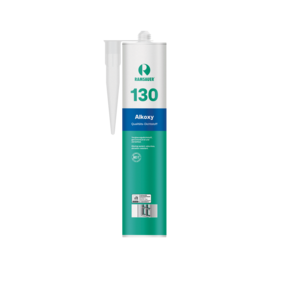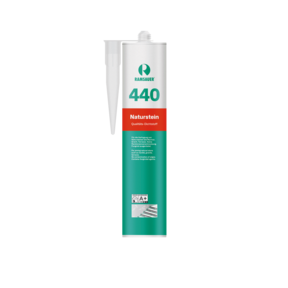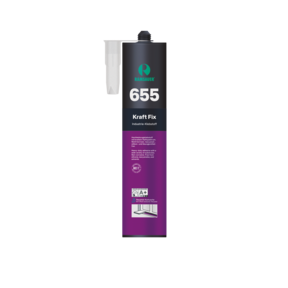Building and construction
From high in the sky to under the ground, Ramsauer’s professional and construction-grade materials can withstand the toughest conditions.

Whether high in the sky or underground – at Ramsauer, we’re all about bonds
In building and construction work, it’s all about using materials that do what they are supposed to and are made to last. In tunnels, bridges or industrial buildings, even the smallest inadequacies can lead to huge damage with long-term ramifications. That’s why sealants used in these areas must be able to reliably withstand heavy stress and strain such as extreme temperatures, chemical substances and moisture. Stringent standards are also in place to ensure lasting bonds.
Resilient construction sealants
Especially in larger building works, expansion joints between the individual elements ensure that tension is balanced out, preventing cracks or damage. These joints usually have extra-wide cross-sections so require a large amount of material in a short space of time. To help the joint accommodate the movements of the individual building parts, the best choice is the most elastic sealant possible. In both structural and civil engineering projects, materials often have to contend with unclean ground and high levels of strain from environmental and weather conditions. To meet these challenges, there are special sealants that have been developed to withstand the stresses on construction sites long-term.
Stronger than even fire
Perfect fire safety requires the right construction materials to be used in each and every area. Joints are created in places where different components abut – and these must be sealed using sealants specially developed for fire safety. Reliable protection is only offered by approved and certified fire-safe products. These must be compatible with a variety of surfaces and be capable of withstanding heat. For this to be done successfully, highly precise work is essential.
Insulated walls throughout buildings
Cavities in indoor walls and openings in outdoor walls can be found on every building site. As well as maintaining walls’ acoustic and thermal insulation properties, polyurethane foam also keeps moisture out of the space in question – the foaming process completely fills the cavity. Since the polyurethane foam swells after foaming, it is important to ensure the correct dosage when using it. Too much foam can cause damage. Ramsauer has developed an innovative valve for this purpose, which makes filling wall openings drastically simpler.
For an extra dose of stability
Wherever anchors or rebar are used in concrete – for instance, in bridges, high-rises or tunnels – the adhesives used must meet special criteria. These adhesives are subjected to extreme mechanical forces over a lengthy period of time. At the same time, safety and stability must be ensured long-term. Naturally, strict standards also apply to all construction materials used here.
Need to find out more about building and construction sealants?







